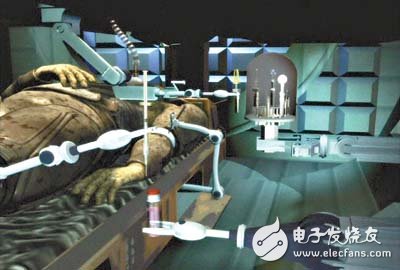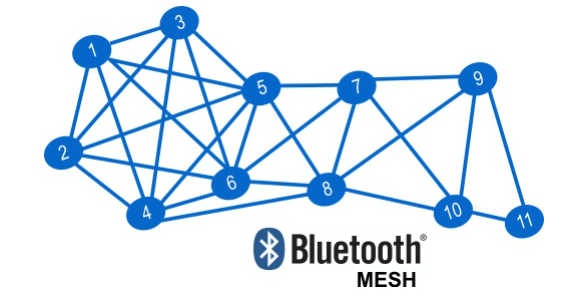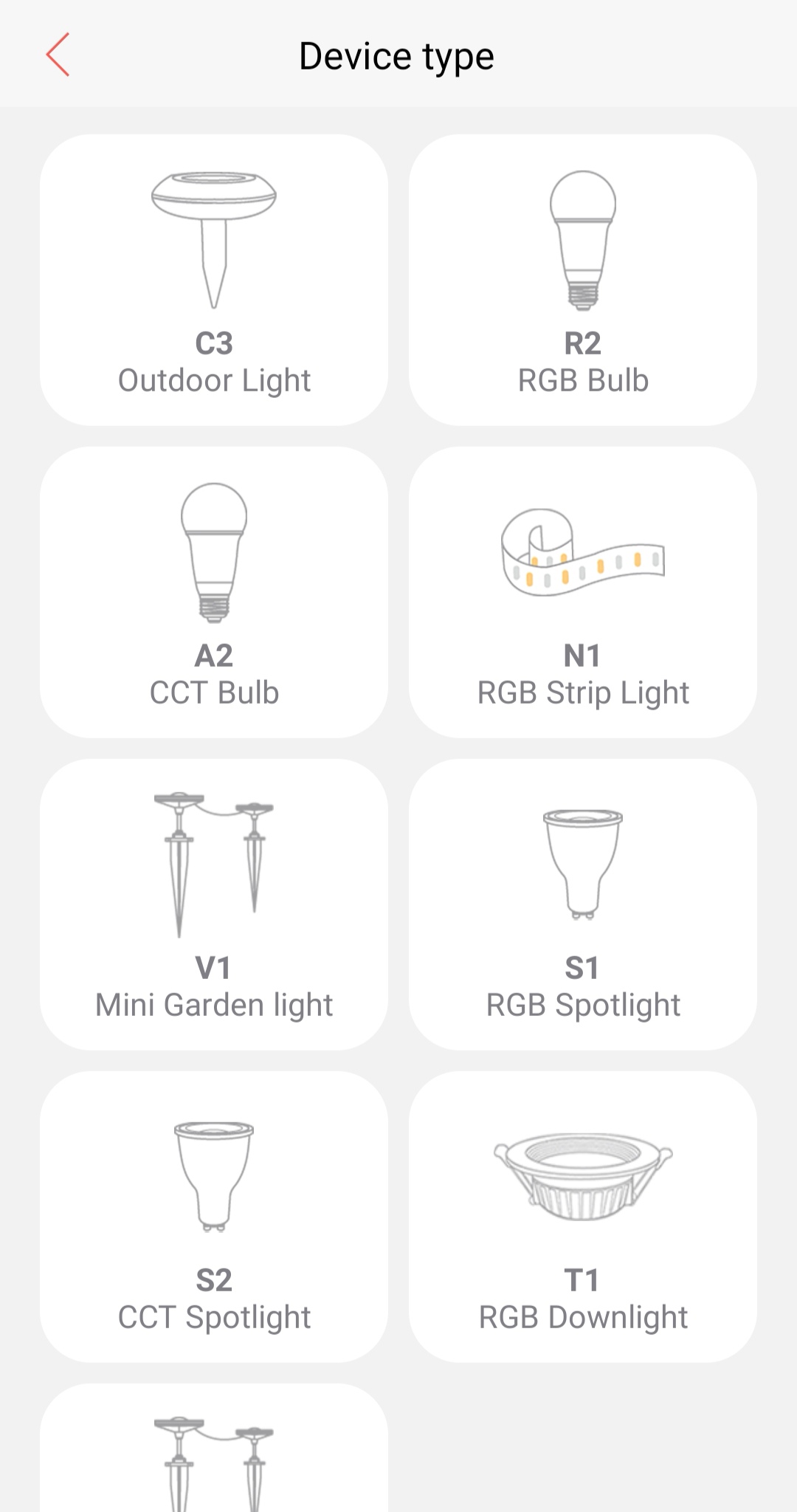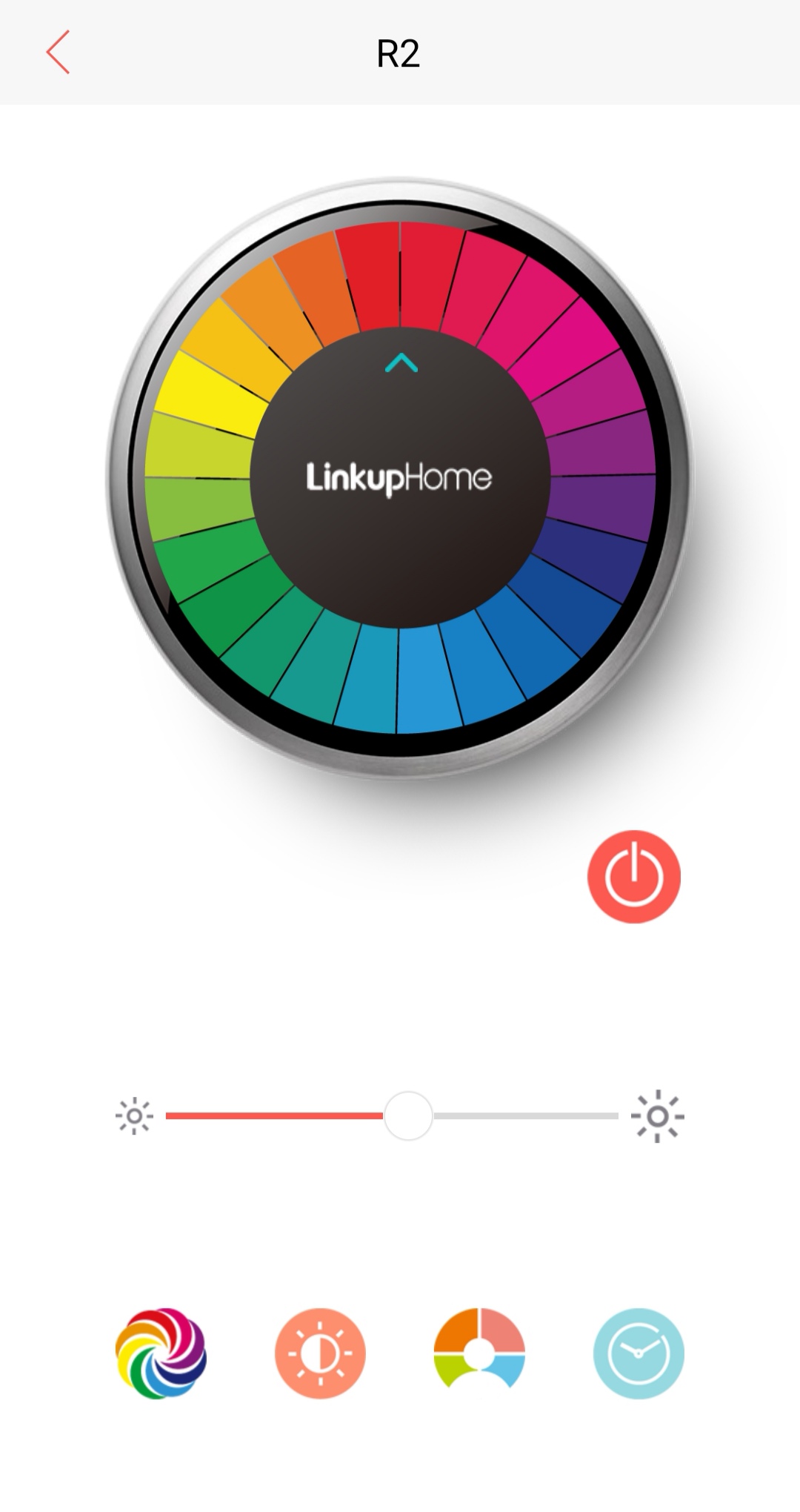In the medical device market, product features such as miniaturization, low power consumption and high compatibility of liquid media have become a global development trend. However, in various countries and regions, material specifications, product requirements and cost issues are different. This requires sensor manufacturers to provide flexible and scalable product series to meet the needs of customers around the world. In addition, sensor manufacturers must ensure product quality and supply quality. In order to meet the needs of global medical device manufacturers, sensor manufacturers must consider the following four key issues: miniaturization, material specification standards, supplier quality assurance, service and support. Miniaturization affects product size, portability and weight Designers are facing a series of challenges in order to develop smaller, lighter, and more portable medical equipment, thereby saving ward space and facilitating the use of medical staff. For example, traditional infusion pumps and insulin pumps are relatively large. After design optimization, the appearance of portable and mobile devices has brought great benefits to patients and medical staff. For example, smaller sensors can be easily integrated into infusion pumps with limited space. Due to the small size and low power consumption, the portability of the infusion pump can be further improved, which helps to improve the convenience of patients' lives. In addition, more and more patients choose "treatment at home" instead of "hospitalization"-a trend that is particularly common in the United States and European Union countries. The transformation of the treatment model has also promoted the miniaturization of medical devices (including respiratory equipment and diagnostic equipment). In some cases, the miniaturized design will consider some diagnostic functions built into networked medical devices to remotely monitor the patient's treatment and care. Therefore, it is necessary to select sensor products that integrate multiple detection functions (such as humidity and temperature detection) in a single package. This can create possibilities for medical device manufacturers to reduce the size of equipment or increase the functionality of equipment. Respiratory equipment used for respiratory therapy (including ventilator and sleep ventilator) benefit from this design. Another way for sensor manufacturers to meet the above requirements is to further develop the sensor product line, which can provide a variety of mechanical interfaces, installation forms, packaging and I / O options. In this way, medical device designers can choose the appropriate interface to reduce space, reduce costs, and eliminate additional components. For example, the pressure sensor should provide multiple installation options for installation in space-constrained applications, which in turn allows designers to place the sensor in the correct location for accurate detection. For applications that require precise measurements, the installation of sensors is critical. For example, in dialysis treatment, using a sensor to accurately measure the pressure of dialysate and vein is directly related to the safety of the patient. For portable applications, sensors especially need to meet the two requirements of low voltage and low power consumption, which can extend battery life. The sensor should also provide two modes of startup / sleep, the device will only consume power in the startup mode. The sleep mode of the sensor can extend the battery life, reduce the size of the power supply and thus reduce the weight of the medical device. Material / specification standards affect global producers For example, in European Union countries, as long as there is a little evidence that a material is harmful or dangerous, government regulatory authorities may list the material as prohibited by regulations. Due to the comprehensive medical security system and sufficient funds in the EU countries, their medical device market is very large. Therefore, before entering the EU market, global medical device manufacturers must ensure that their products comply with EU standards. The two regulations affecting the global electronics industry are the "Directive on Restriction of the Use of Certain Hazardous Ingredients in Electronic and Electrical Equipment" (RoHS) and the "Registration, Evaluation, Authorization and Restriction of Chemicals Act (REACH). The former aims to restrict the six chemical substances used in the electronics manufacturing industry in the past, while the latter provides a framework for the electronics industry to control the use of hazardous substances within the EU. RoHS and REACH affect the use of materials in end products and production processes. In order to sell products to EU countries, global manufacturers and distributors must comply with these regulations. In order to ensure the accuracy of the measurement, the sensor must be as close as possible to the fluid (blood, infectious substances, saline solution, etc.), and frequent contact with the patient gas channel or liquid channel. Therefore, the sensor manufacturer must ensure that the selected materials, supply chain and production process comply with the European Union material specification standards. In addition, EU regulations also promote the use of RoHS-compliant liquid-medium sensors for various medical devices (from chemical analyzers to ventilators). In order to help medical device manufacturers solve the cost problem, sensor manufacturers must further develop product lines to provide a variety of output types, pressure types, pressure ranges, installation options and packaging types to meet the needs of EU countries . The product platform should provide multiple options and components to meet the specific needs of different countries, and should also help medical device design engineers to meet the pricing of products by manufacturers and distributors around the world. In addition, it should allow engineers to adjust the flexibility of the product according to the application and the needs of each country. For example, there are significant differences in the design of respiratory equipment in different countries, and the requirements for packaging types are also different. Flexible sensors should provide a variety of packaging options, both for the integrated manifold design in Western countries and the traditional design of multiple branches and interfaces common in developed countries. Supplier quality assurance is the key Sensor manufacturers must not only comply with various material regulations and global electronic standards such as American UL, Canadian cUL or CSA, European ENEC and Chinese CQC, but also develop a quality assurance system to ensure the effective implementation of supervision and control of product quality. The supplier's production process should meet Six Sigma quality standards to ensure that high-quality products are produced. Medical device products are related to the safety of patients' lives, and product quality is very important to manufacturers. Supplier reliability is also important to designers. Sensor manufacturers should select suppliers worldwide to support product design and production needs. For example, when European designers develop new products, they often outsource certain modules or components to electronic manufacturing services (EMS) companies around the world, and finally assemble them at European manufacturers. Emerging technology trends Medical device engineers also need suppliers to provide products to support emerging technology trends, such as digital interface options and disposable sensors. Sensor manufacturers provide digital interfaces (especially I2C outputs) for several reasons: With the help of digital I2C outputs, designers can remove signal conditioning circuits on the printed circuit board (PCB), thereby saving board space and cost. In addition, the digital I2C output can also reduce the number of copper wires and wires, further reducing costs. The reduction of parts and components contributes to the miniaturization of the circuit board. The signal adjustment on the circuit board realizes the compensation, calibration and amplification of the sensor, thereby improving the accuracy and reliability of the measurement. This helps to improve the quality of care and patient comfort, and reduces the total cost of equipment purchased by the hospital or outpatient clinic. Manufacturers of medical devices (from dialysis machines and infusion pumps to incubators and breathing equipment) will all benefit from this. In order to save the cleaning work of the area directly in contact with the medical fluid or the patient's body fluids, more and more medical devices (such as infusion pumps) use disposable sensors. Because sensors play a decisive role in the performance of medical devices, medical personnel must consider the reliability of disposable sensors. If there is no replacement when the sensor needs to be replaced, cross-infection becomes a major hidden danger of the disposable sensor. This is especially true when the sensor is used to treat HIV / AIDS, avian influenza and legionnaires' disease that can be transmitted through body fluids. Although medical device manufacturers recommend that single-use sensors be used for only one patient, some clinics will not follow this recommendation in areas with insufficient budget and lack of supervision.
protocol
The advantages of Bluetooth Mesh are fast connect, low power consumption, no password required and Ad-Hoc Network. No need WIFI and hubs, as long as you have a Bluetooth-enabled smart phone, you can experience the smart light. When you install several smart strip lights, the self-organizing network function can make the signals free connect, break the limitation of distance.
Introduction
Strip light with both RGB colorful light and warm light, the length of the strip light is 2 meters, 60pcs LED lamp beads inside are high-quality and energy-saving , the light source is stable without strobe. The installation is very simple, just need to peel off the 3M glue on the back, you can paste and decorate any place.
Control Way-APP
With App control, the light color, brightness, scene mode of strip light can be free changed, with the timing function, users can make the light turn on and turn off the strip light freely. The App are developed on the most advanced Bluetooth Mesh technology. [LinkupHome" App can be downloaded in the App store or Google Player, then you can control our product without any complicatedd steps. The App is stable, easy control and multifunctional.
Product Parameters
Control distance: 20m
Strip Light With APP Control,APP Controlled LED Light Strip,APP Control Strip Light,Phone Controlled Strip Light Ningbo Homey Photoelectric Technology. Co., Ltd , https://www.linkuphome.com




Material: Polyurethane with 3M back adhesive
Working Voltage: 100-240V
Frequency: 50/60Hz
Lamp Color: RGB+Warm White
Color Temperature: 3000K
Meters: 2 Meters
LED Power: 7W
Power Adapter: 12V/2A
Product Specification: 30pcs LED beads/M, 2 M/root, total 60pcs LED beads.
(3pcs strip lights can be connected, max to 6 meters.Need customized. Pls inform in advance if needed)
Warranty: 2 Years